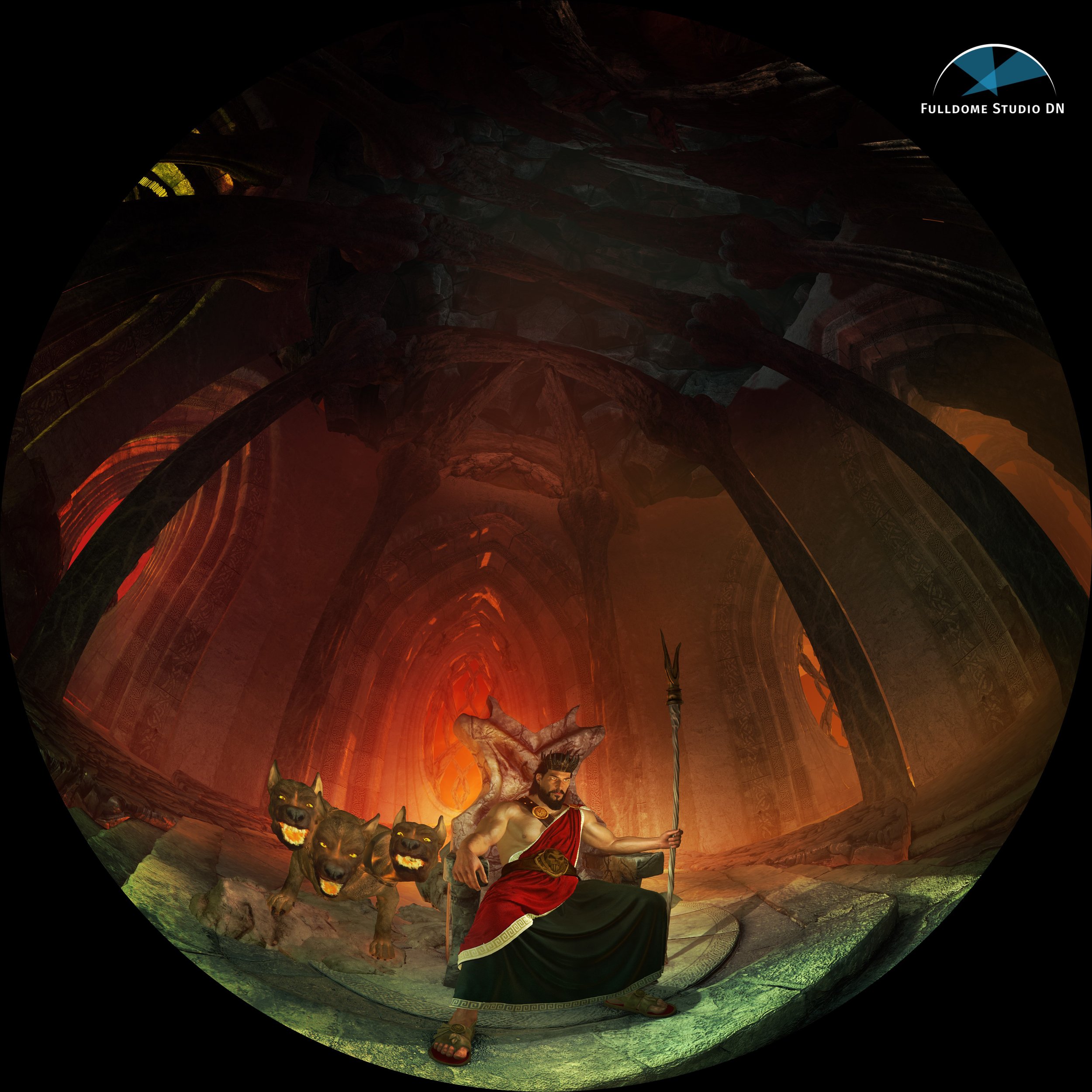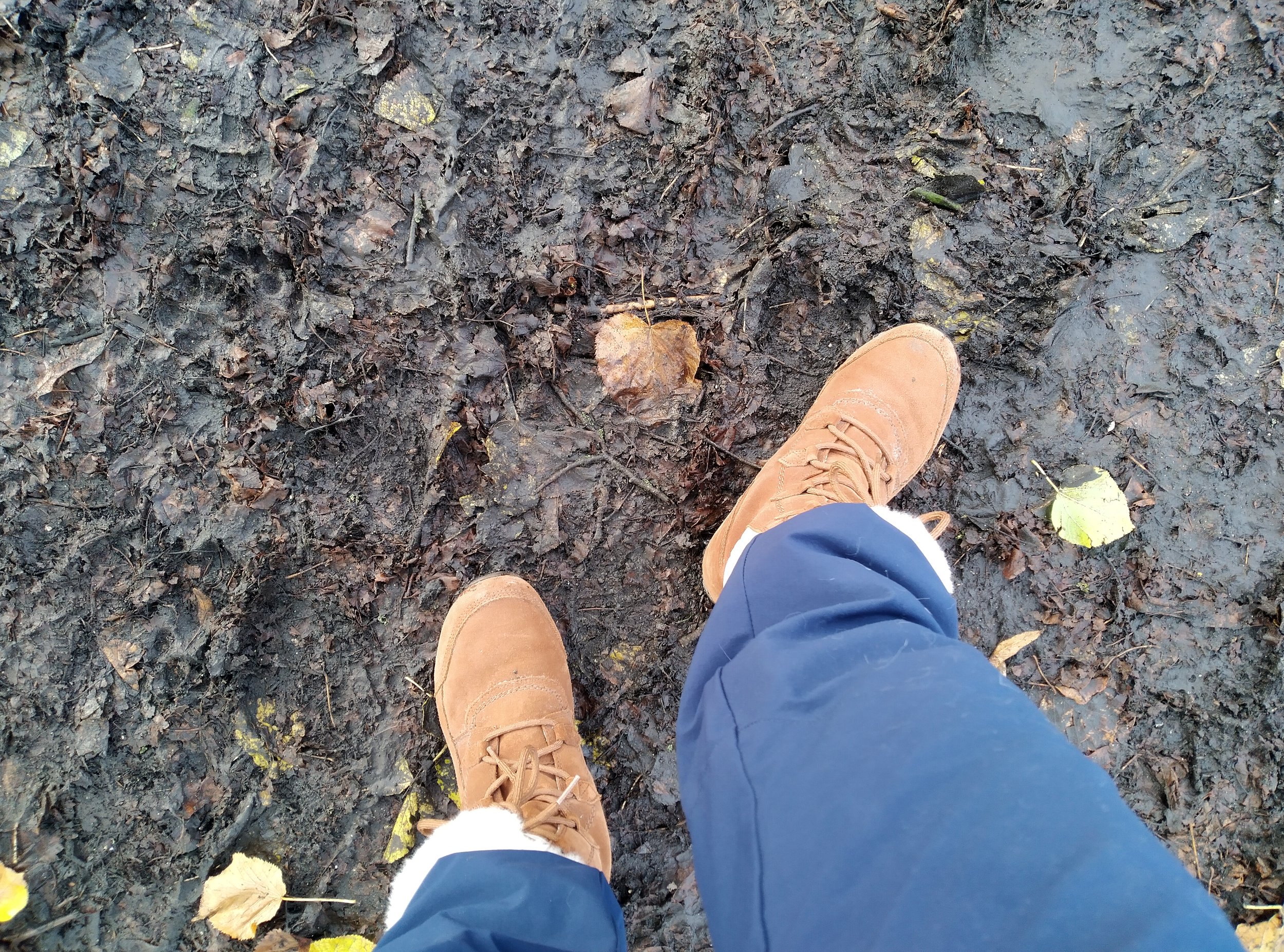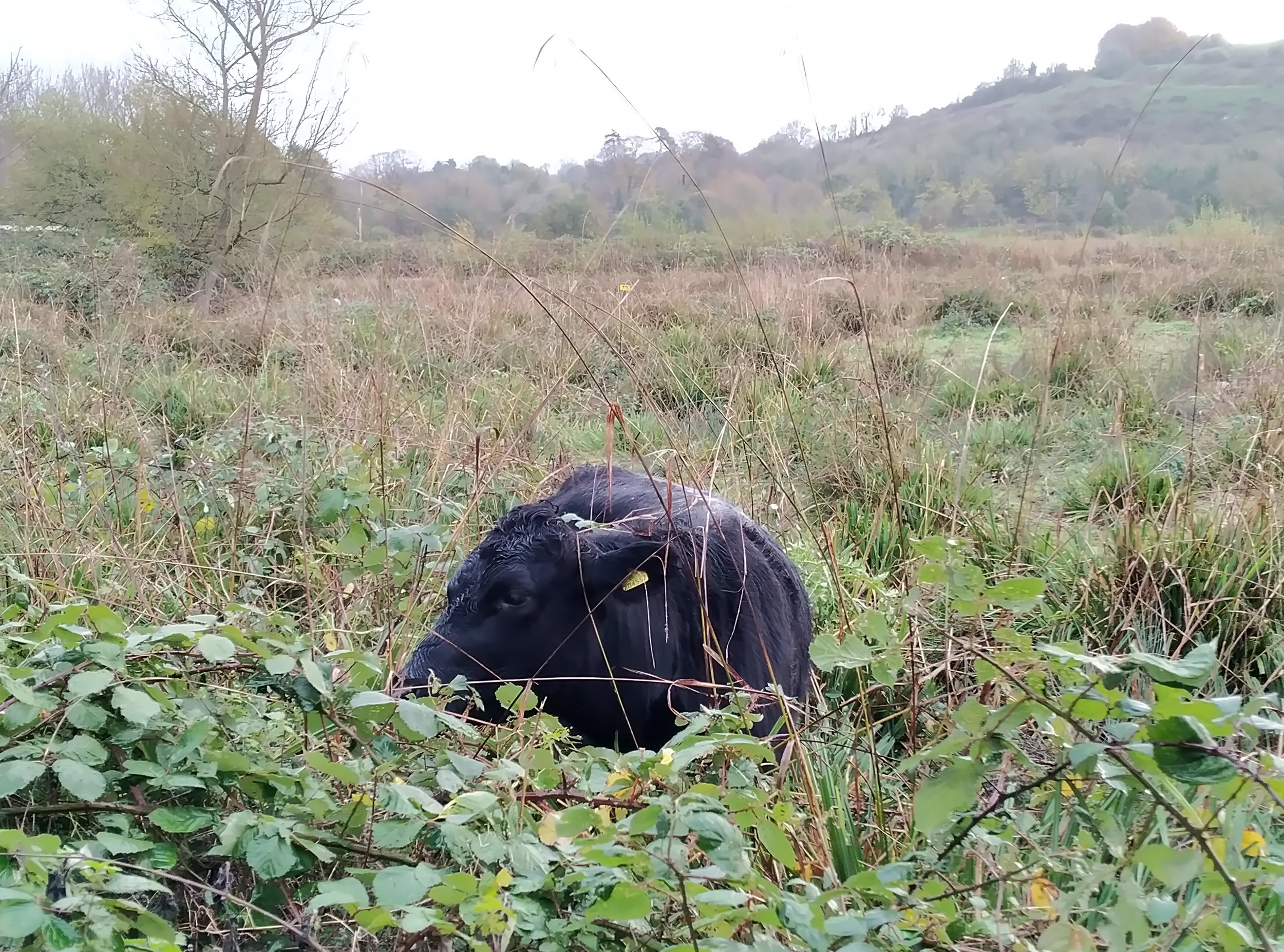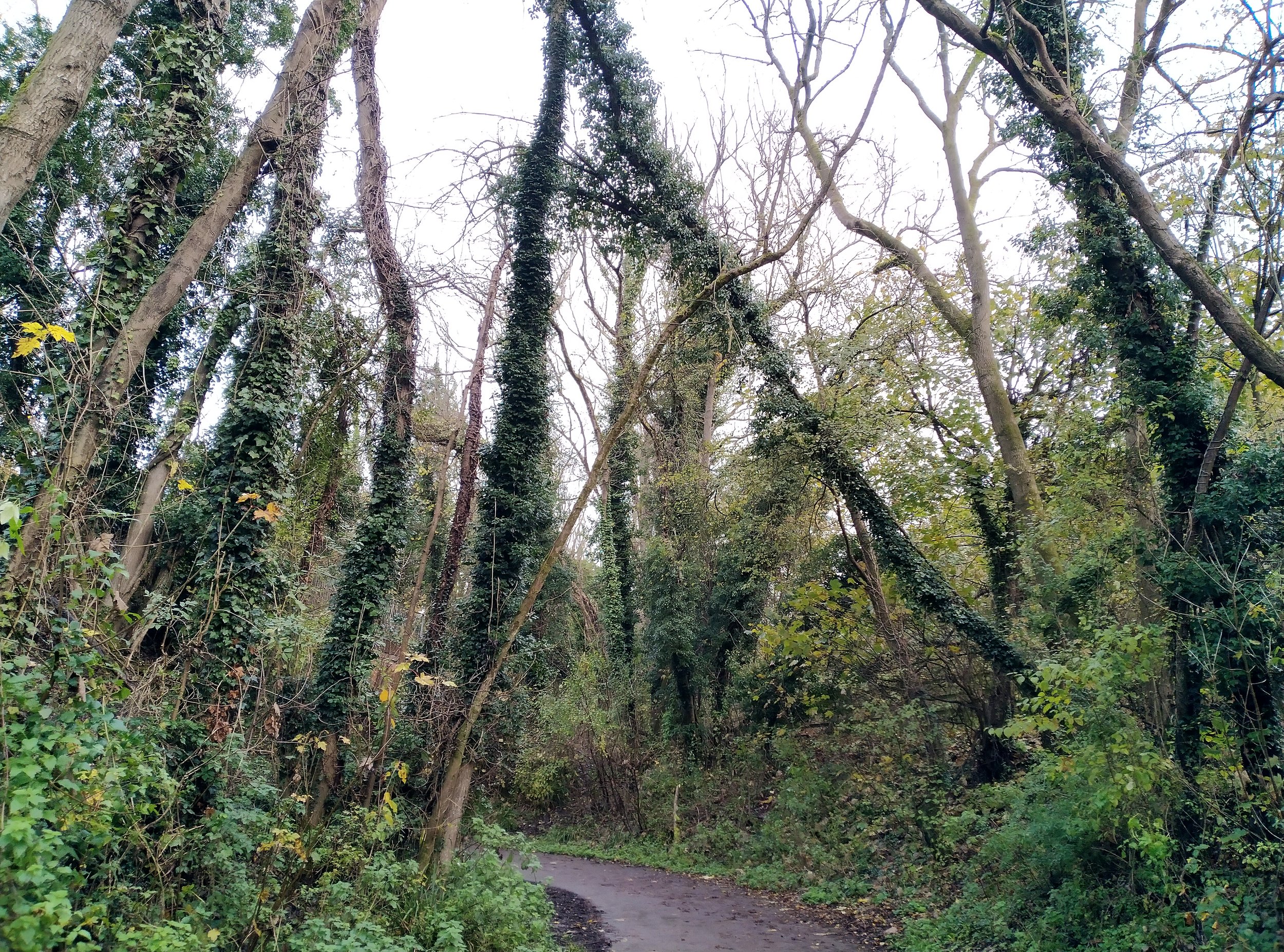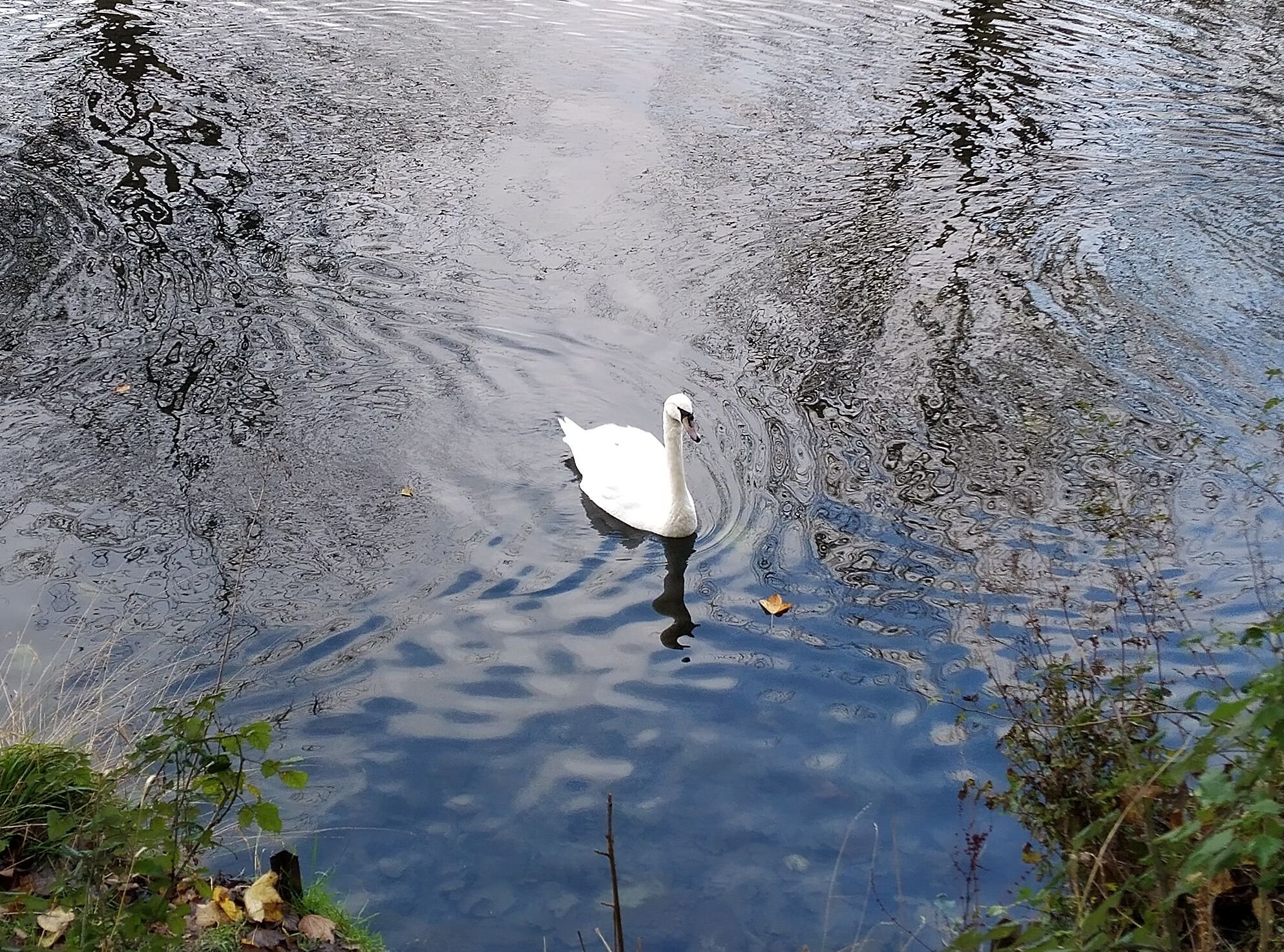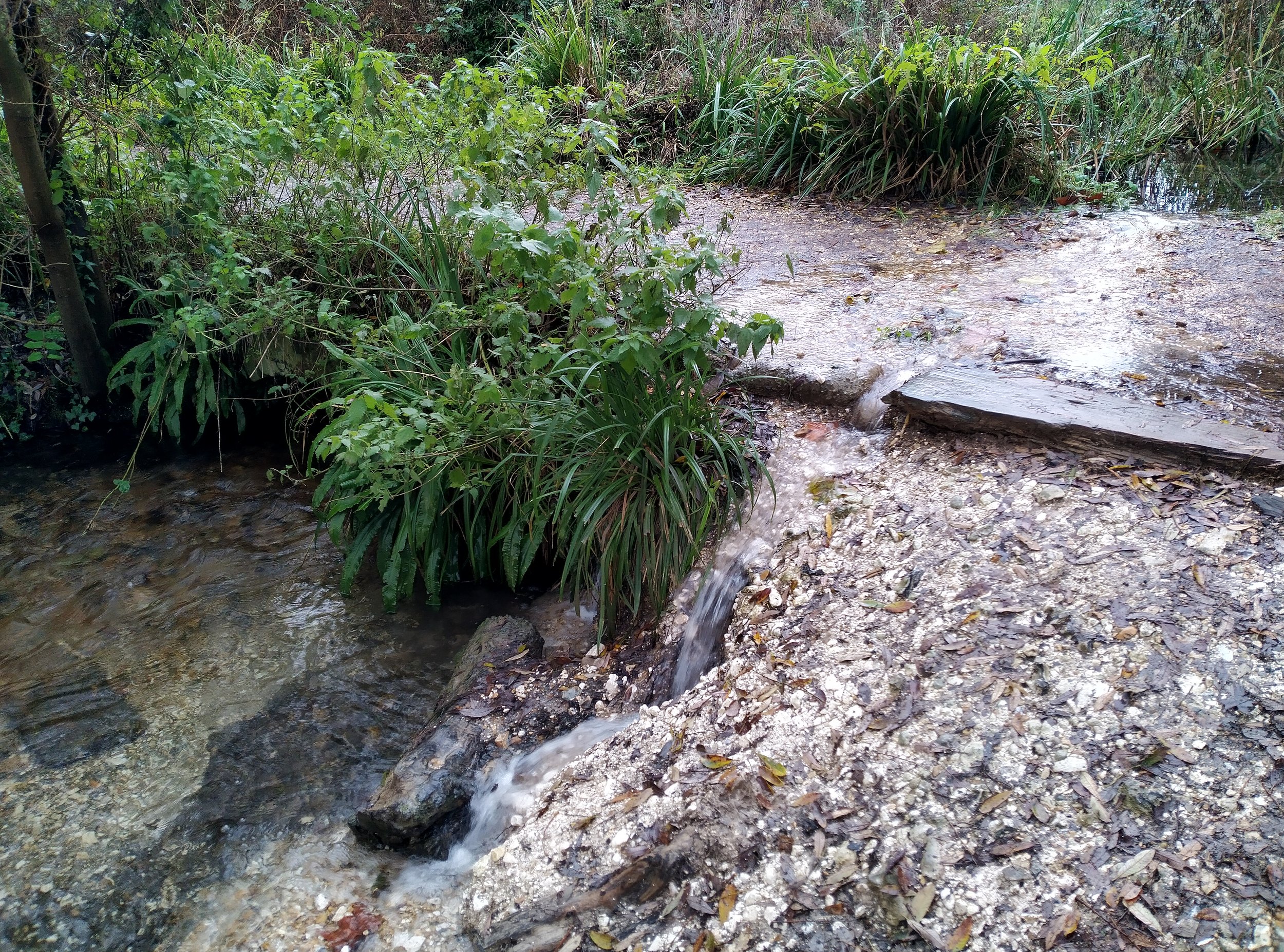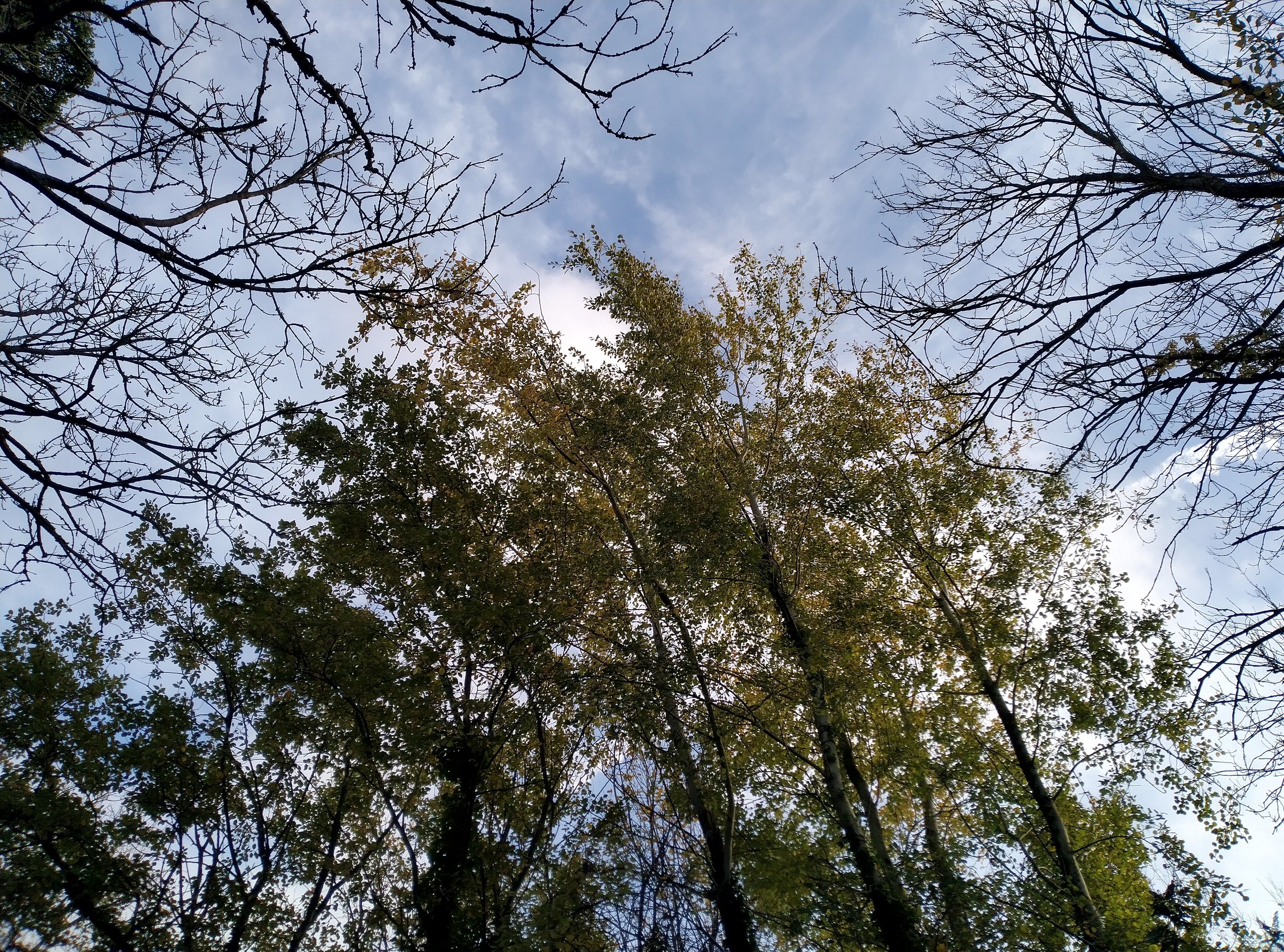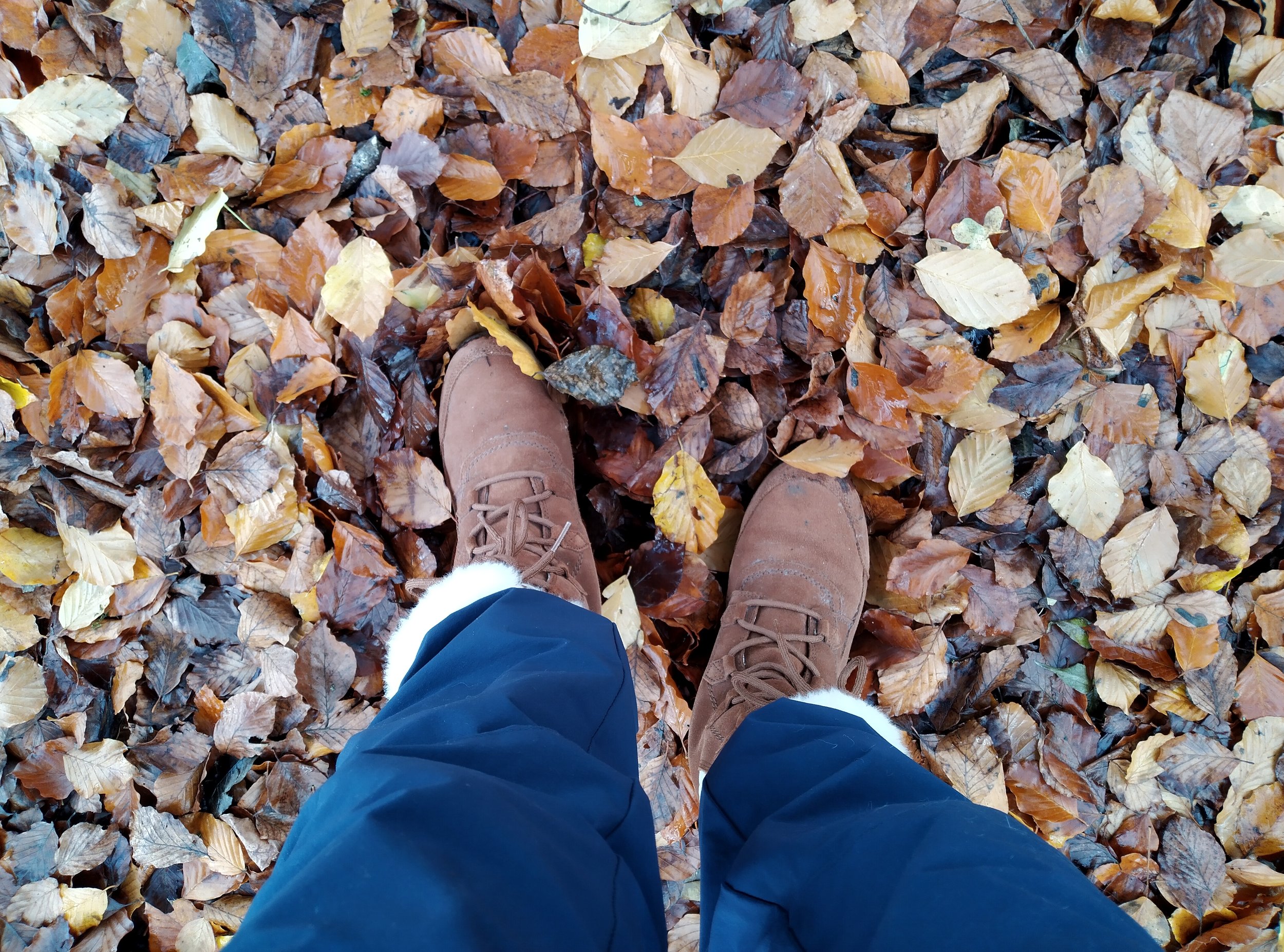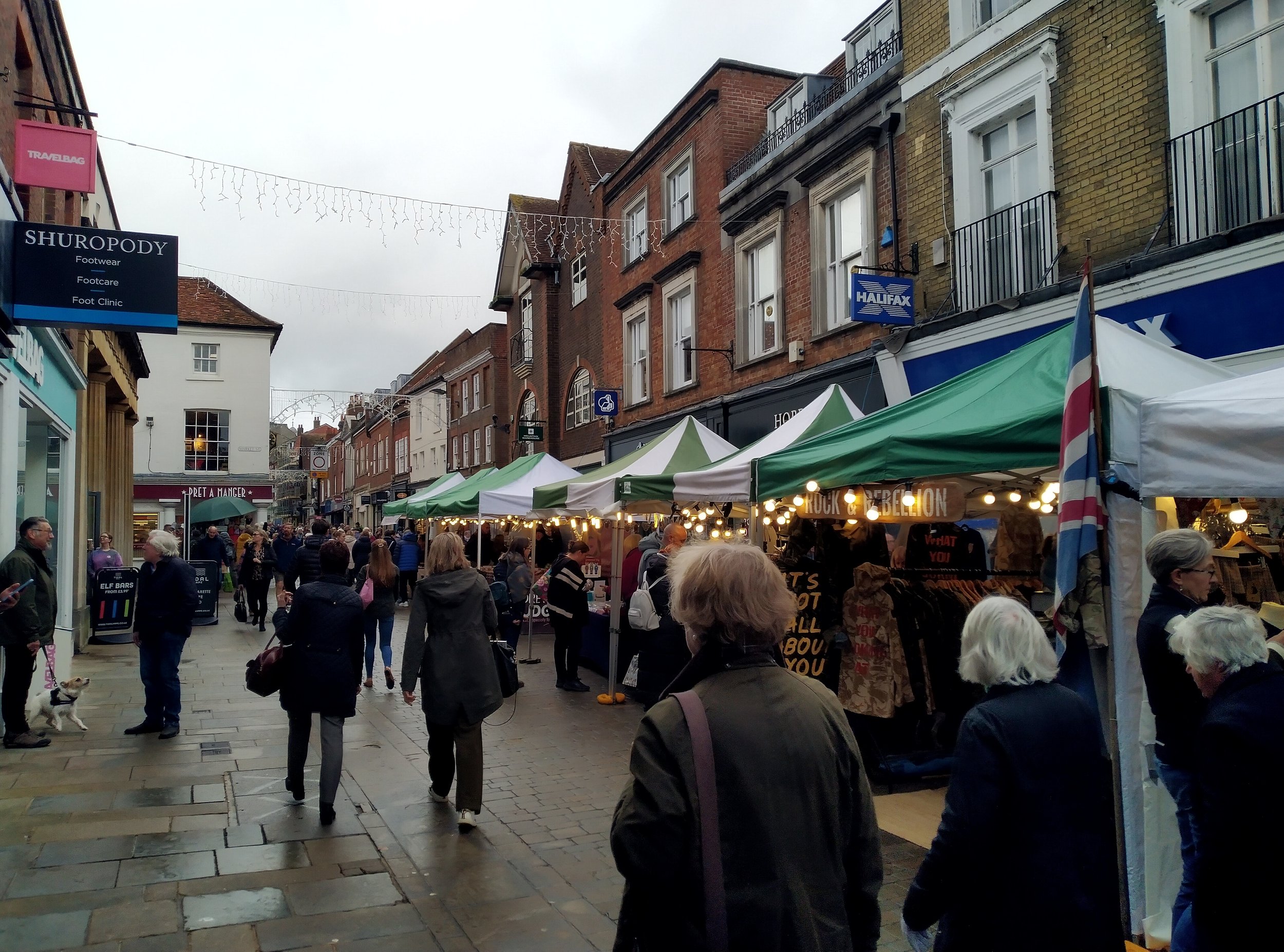The dome can also be used for learning about the fulldome medium itself. While at Fiske Planetarium (Colorado, USA), undergraduate digital media students are assigned to produce fulldome photography and timelapse footage as a class assignment. This activity has been repeated every semester since 2017, excluding disruptions due to Covid. In 2022, students from their Media Studies program visited the planetarium to learn about the history of film from rectilinear to fulldome formats. [18]
“The potential of this technology to bring people out of themselves and into full immersion in any physical surround, regardless of their own physical abilities, may be the best thing about this "new" era of the planetarium. From exploring within single cells to touring the Universe, anywhere, anywhen, we can experience these things all together.” - Heather Preston, Calusa Nature Center & Planetarium
And perhaps my most unusual example of all: the United States Air Force Academy (Colorado, USA)’s planetarium was at one time used exclusively for flight training [19]. This use pleasingly recalls how planetariums have been used throughout history for teaching stellar navigational skills, including to the Apollo astronauts.
Final comments
It is clear that this is not an exhaustive list; there are many other non-astronomy programs being run in dome around the world. However, I hope this article evidences the potential of planetaria for reaching beyond astronomy into other disciplines, and shows that these activities are not new, nor rare.
As fulldome visualisation continues to decrease in cost, I look forward to seeing many more non-astronomy live-presented shows and fulldome films that use exciting and informative fulldome visuals to immerse us in new and captivating ways.
Notes on research carried out for this article:
To add to the examples of which I was already aware, I solicited suggestions from the IPS Education Committee, the Dome-L and British Association of Planetaria email lists, and from personal contacts. The personal communications cited in this article are email responses to these requests; thanks to everybody who contributed examples.
Most of the fulldome films mentioned in this article can be found in the Fulldome Database at <https://www.fddb.org/fulldome-shows/>.
References
[1] Bishop, J. (2017). Seeking What Works: Welcoming Other Disciplines to the Planetarium; The Planetarian vol. 46 (4).
[2] Glenn A. Walsh (2023), former Planetarium Lecturer at Buhl Planetarium & Institute of Popular Science / Buhl Science Centre; personal communication.
[3] Walsh, G.A. (2009), “Foreign Language Festival at Pittsburgh's Original Buhl Planetarium and Institute of Popular Science / Buhl Science Center” accessed 07/07/2023 <https://buhlplanetarium3.tripod.com/skyshow/foreignlanguage/> and personal communication.
[4] Guilherme Frederico Marranghello (2023); Director, Planetário da Unipampa, Bagé, Brasil; personal communication.
[5] Bishop, J. E., (1978); Bird Orientation from Celestial Clues: Some Suggestions for a Planetarium Program. The Planetarium 7 (2), 3-6,26.
[6] Colin Hutcheson (2023); Planetarium Manager, Thinktank Planetarium; personal communication.
[7] Neil Carrington (2023); Director, Science Dome UK, Bournemouth, UK; personal communication.
[8] Rachel Luhr et al., (2013), Natural Science Visualization Using Digital Theater Software: Adapting Existing Planetarium Software to Model Ecological Systems. International Conference on Information Science and Applications, ICISA 2013
[9] J. Eric Loberg (2023); Director, Taylor Planetarium, Montana, USA; personal communication.
[10] Alastair Bruce (2023); Planetarium Manager, Dynamic Earth, UK; personal communication.
[11] John Keller (2023); Director, Fiske Planetarium, University of Colorado, USA; personal communication.
[12] Fulldome Database (2023) <https://www.fddb.org/> accessed 07 July 2023.
[13] Terii Gee (2023); Director, Barlow Planetarium, Wisconsin USA; personal communication.
[14] Ben Brown (2023); Director, Explorer Dome, UK; personal communication.
[15] Ellen Torres Thompson; Planetarium Lead Educator, Lawrence Hall of Science, California, USA; personal communication.
[16] Heather Preston (2023); Planetarium Director, Calusa Nature Center & Planetarium, Florida USA; personal communication.
[17] Cockbill, L. (2022), UWE Engineering inspires local children to redesign our world; <https://blogs.uwe.ac.uk/engineering/uwe-engineering-inspires-local-children-to-redesign-our-world/> accessed 8 July 2023. Also Ben Brown (2023); Director, Explorer Dome UK; personal communication.
[18]John Keller (2023); Director, Fiske Planetarium, University of Colorado, USA; personal communication.
[19] Heather Preston; currently Director, Calusa Nature Center & Planetarium, Florida USA); recollection from working at USAFA in 2007; personal communication.




